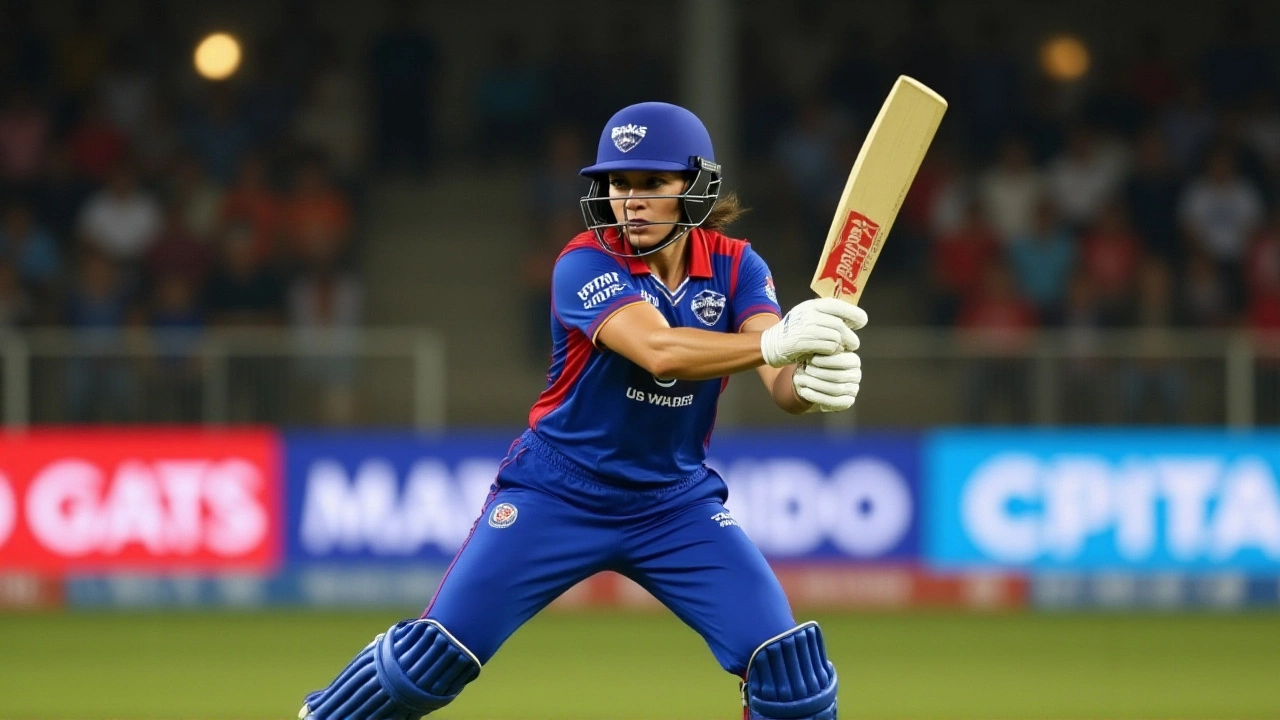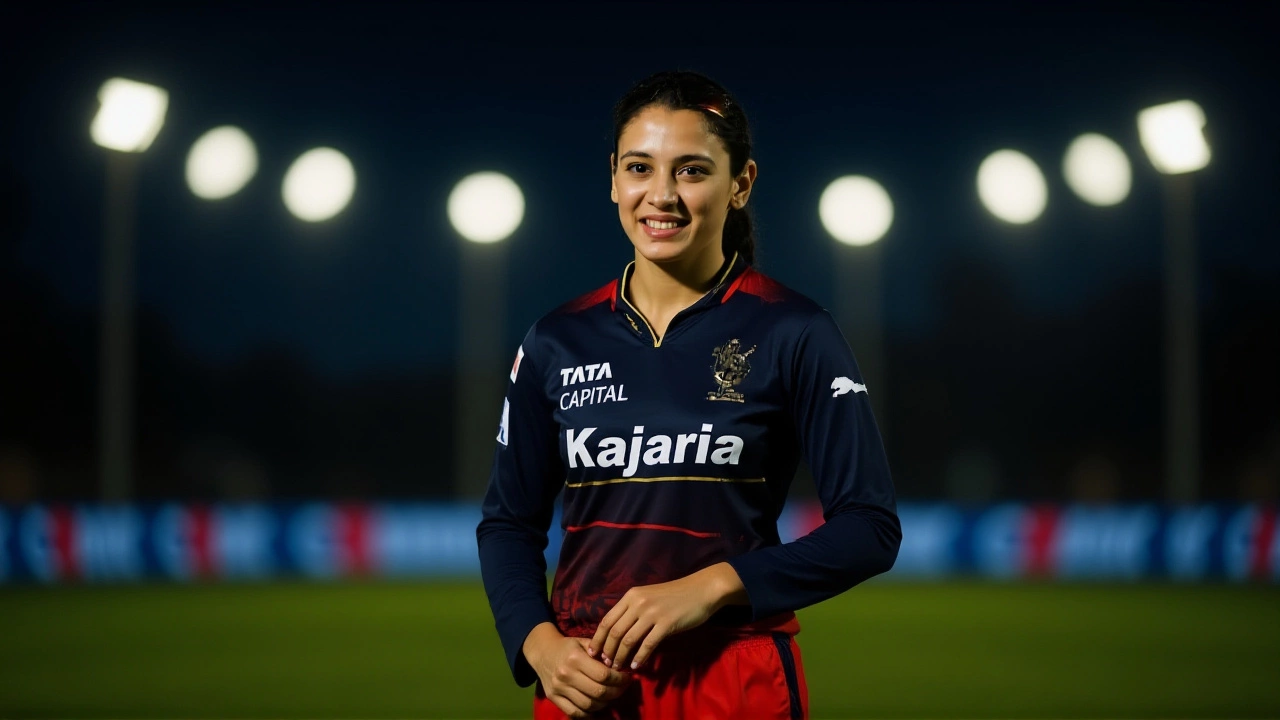The Women's Premier League (WPL) 2026 Mega Auction concluded in a flurry of bids at the Taj Palace Hotel in New Delhi on November 27, 2025, capping off a day that redefined the financial scale of women’s cricket in India. Deepti Sharma, the Player of the Tournament in India’s ICC Women’s Cricket World Cup 2025 triumph, became the joint-second most expensive player in WPL history after UP Warriorz used their Right to Match card to retain her for ₹3.2 crore. Moments later, Mumbai Indians stunned the room by outbidding every other franchise for New Zealand’s spin wizard Amelia Kerr, paying ₹3 crore — the highest sum ever for a foreign player in WPL history. This wasn’t just an auction. It was a statement: women’s cricket isn’t just growing. It’s commanding prices once reserved for men’s stars.
The Numbers Behind the Bidding War
The auction, which began at 10:00 AM IST and ended at 6:42 PM UTC (12:12 AM IST on November 28), saw 80 players go under the hammer out of 578 who entered. Of those, 32 were Indian capped players, 18 uncapped Indians, and 30 overseas talents from Australia, England, New Zealand, South Africa, and the West Indies. The five franchises entered with a combined purse of ₹36.3 crore: Delhi Capitals had ₹5.7 crore, Gujarat Giants led with ₹9 crore, Mumbai Indians held ₹5.75 crore, Royal Challengers Bengaluru carried ₹6.15 crore, and UP Warriorz — after using three RTM cards — had an undisclosed balance. The BCCI’s auction committee, led by WPL Operations Head Haroon Lorgat, enforced strict rules: 30-second bidding windows, 10% minimum increments, and no overbids without confirmation. It kept the tension electric.
RTM Cards and Surprises: Who Got the Best Deals?
Of the 15 Right to Match cards used, UP Warriorz made the most aggressive moves. They not only kept Deepti Sharma but also reclaimed England’s left-arm spinner Sophie Ecclestone for ₹85 lakh and India’s all-rounder Bharti Fulmali for ₹70 lakh. But the real shocker? Signing 35-year-old pace bowler Shikha Pandey for ₹2.4 crore. Pandey, a veteran of 42 ODIs and a key figure in the World Cup final, was expected to go for under ₹1.5 crore. Her acquisition signals a new trend: franchises are betting on experience as much as youth.
Delhi Capitals retained four stars — Jemimah Rodrigues, Shafali Verma, Annabel Sutherland, and Marizanne Kapp — each at ₹2.2 crore. RCB held onto captain Smriti Mandhana for ₹3.5 crore, the highest retention in WPL history. Gujarat Giants, meanwhile, doubled down on Australian firepower, keeping Ashleigh Gardner and Beth Mooney while adding New Zealand’s Sophie Devine for ₹2 crore. Even the unsold players told a story: 187 remained, including 12 former World Cup squad members. The market, it seems, is selective — not just rich.

Why This Auction Changes Everything
For the first time, 27 members of India’s ICC Women’s Cricket World Cup 2025 winning squad were auctioned — and nearly all found homes. That’s not coincidence. It’s strategy. The BCCI is no longer just building a league. It’s building a professional ecosystem. The ₹3.2 crore price tag for Sharma doesn’t just reflect her skill — it reflects the commercial value of a player who lifted the trophy in front of 70,000 fans at the Narendra Modi Stadium in Ahmedabad. And when Mumbai Indians paid ₹3 crore for Kerr — a player who’s taken 100+ international wickets across formats — they weren’t just buying spin. They were buying global appeal, TV ratings, and merchandise potential.
The WPL has grown from 20 matches in 2023 to 34 in 2026. The league now has a clear roadmap: world-class players, bigger venues, and higher stakes. The auction didn’t just fill squads — it validated the league’s ambition. As one franchise official told NDTV Sports off-record: “We’re not competing for players anymore. We’re competing for legacy.”

What’s Next? The Road to February 2026
Franchises now have until December 15, 2025, to finalize their 15-player squads, including a maximum of eight overseas players. The tournament kicks off on February 14, 2026, across three iconic venues: the Arun Jaitley Stadium in New Delhi, the Bharat Ratna Shri Atal Bihari Vajpayee Ekana Cricket Stadium in Lucknow, and the M. Chinnaswamy Stadium in Bengaluru. Broadcast deals are expected to be announced by mid-December, with reports suggesting a 40% increase in media rights value over WPL 2025.
One thing’s clear: this isn’t just about cricket anymore. It’s about visibility. About pay equity. About young girls in small-town India watching the auction and thinking, “I could be her.” That’s the real win.
Frequently Asked Questions
Why was Deepti Sharma’s retention so significant?
Deepti Sharma’s ₹3.2 crore retention by UP Warriorz tied her with Beth Mooney’s 2024 price for the second-highest ever in WPL history. More importantly, it signaled that Indian stars — especially those who deliver on global stages like the 2025 World Cup — are now valued on par with top overseas players. Her all-round skills and leadership in pressure situations made her indispensable.
How does Amelia Kerr’s ₹3 crore deal compare to past overseas signings?
Kerr’s ₹3 crore bid shattered the previous overseas record of ₹2.6 crore paid for Sophie Devine in WPL 2025. It’s the first time a non-Australian woman has topped the foreign player price list. Kerr’s ability to bowl death overs, bat in the top four, and take crucial wickets in high-stakes matches made her the ultimate all-format asset — and Mumbai Indians knew it.
Why did Shikha Pandey fetch such a high price despite being 35?
Pandey’s value came from her experience and performance in the 2025 World Cup, where she took 12 wickets at an economy of 4.8 and delivered match-winning spells under pressure. Franchises are increasingly valuing veterans who can mentor younger players and stabilize the bowling attack — especially in high-pressure knockouts. Her pace and swing are rare in the current Indian fast-bowling pool.
What’s the impact of 27 World Cup winners being auctioned?
It means the WPL is now the de facto second-tier international competition for women’s cricket. With nearly half the World Cup-winning squad signed, the league has become a magnet for global talent and a proving ground for India’s next generation. It also raises the bar for domestic players — if you’re not in the top 30, you’re competing against World Cup champions for spots.
How does this auction affect future women’s cricket salaries in India?
This auction sets a new benchmark. With top players now earning over ₹3 crore, the BCCI faces mounting pressure to increase central contracts. Players like Sharma and Mandhana are no longer content with ₹50 lakh annual retainers — they’re now global brands. Expect a major revision of the BCCI’s women’s pay scale in 2026, possibly aligning with the IPL’s lower-tier salaries.
Will the WPL expand beyond five teams in the future?
While no official announcement has been made, the auction’s success and the 187 unsold players suggest demand exceeds supply. BCCI insiders hint at adding a sixth team by 2028, possibly based in Hyderabad or Chennai. The league’s infrastructure, broadcast reach, and fan engagement are now at a level where expansion isn’t just possible — it’s inevitable.
